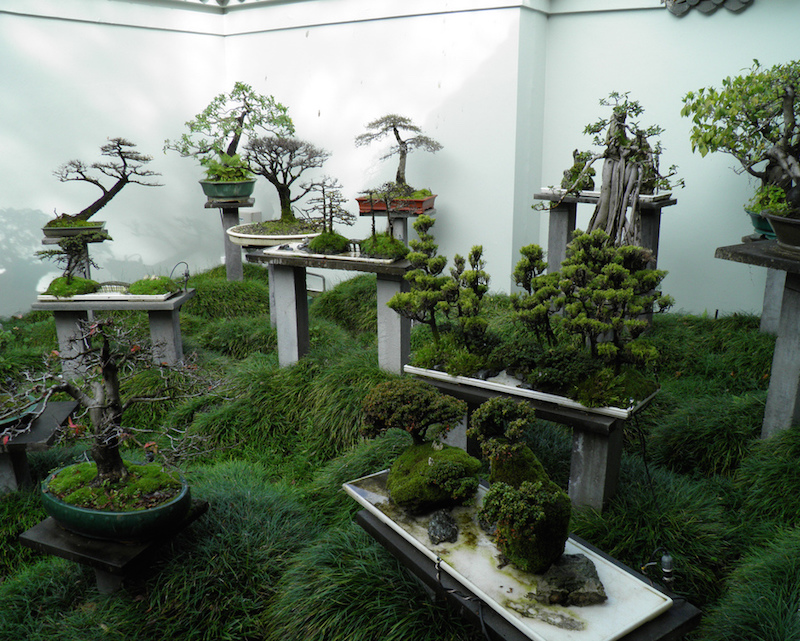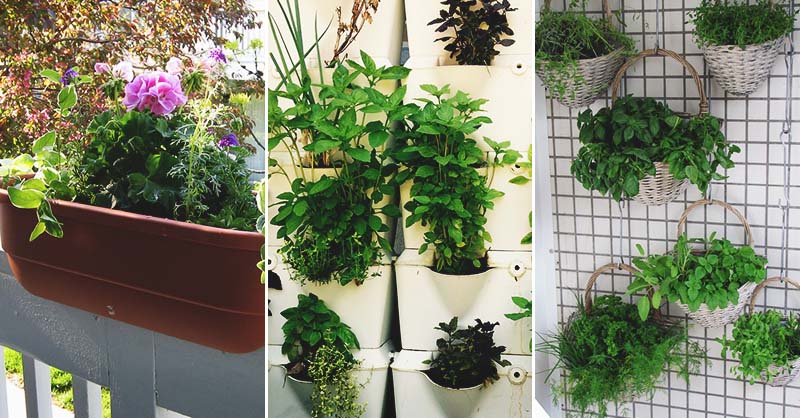Imagine transforming a plain wall into a breathtaking work of art with a vertical bonsai garden. In this article, you will discover the step-by-step process of creating your own stunning masterpiece that combines the elegance of bonsai trees with the verticality of a living wall. With easy-to-follow instructions and helpful tips, you’ll soon have a unique and enchanting garden that will leave your friends and neighbors in awe. So, grab your gardening gloves and let’s get started on this exciting journey of creating a vertical bonsai garden.
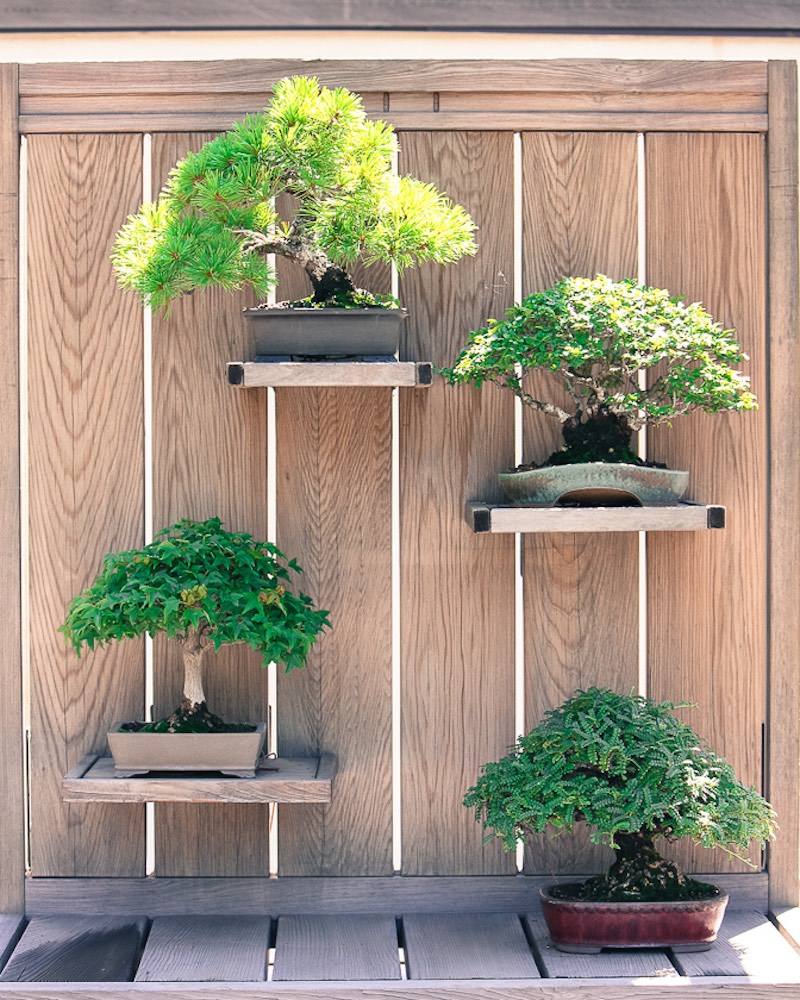
This image is property of www.bonsaiempire.com.
Choosing the Right Location
Finding the perfect location for your vertical bonsai garden is crucial in ensuring the health and growth of your plants. When considering the lighting, it’s important to choose a spot that receives the right amount of sunlight for your bonsai trees. Most varieties of bonsai thrive in bright, indirect sunlight, so avoid placing your garden in a spot that receives intense, direct sunlight throughout the day.
In addition to considering the lighting, evaluating the climate of your chosen location is also essential. Bonsai trees are typically grown outdoors, so it’s important to ensure that the climate in your area is suitable for the specific variety of bonsai you have chosen. Some bonsai trees require cooler temperatures, while others thrive in warmer climates. Research the specific needs of the bonsai varieties you plan to grow and select a location that can provide the ideal conditions.
Lastly, assess the available space in your chosen location. Bonsai trees come in various sizes, so it’s important to choose a spot that can accommodate the potential growth of your plants. Consider the height and width of the area and make sure there is enough room for the vertical structure you plan to construct. Adequate space will allow your bonsai trees to grow and flourish without being cramped or restricted.
Selecting Suitable Plants
When it comes to selecting the perfect plants for your vertical bonsai garden, research is key. Take the time to explore the wide variety of bonsai tree species available and consider their specific needs and requirements. Some bonsai trees prefer warmer climates, while others thrive in cooler environments. By understanding the individual characteristics of each species, you can ensure that you choose plants that will thrive in your chosen location.
One important factor to consider when selecting bonsai trees for your garden is their growth habit. Vertical growth habits are ideal for a vertical bonsai garden, as they allow the plants to grow upward and create an aesthetically pleasing display. Look for bonsai trees that naturally exhibit vertical growth patterns, as this will save you time and effort in training and shaping the plants later on.
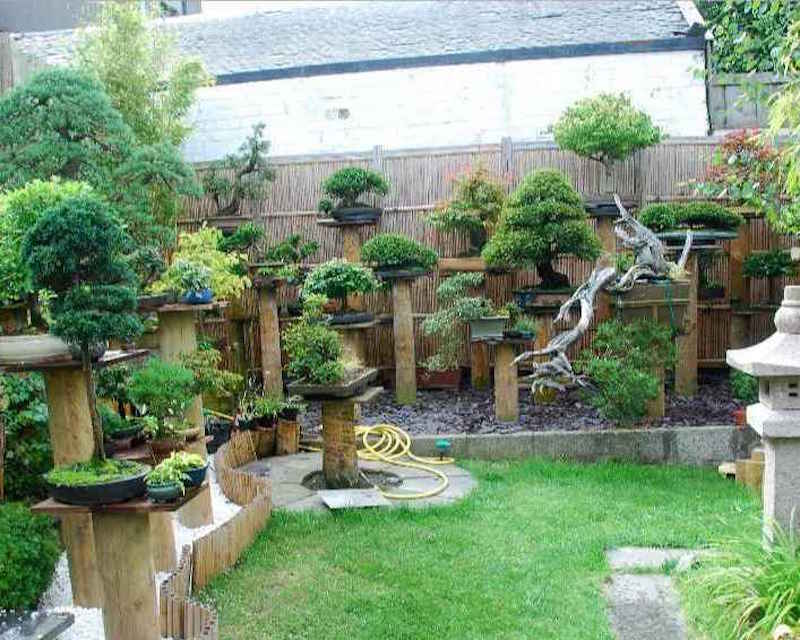
This image is property of www.bonsaiempire.com.
Preparing the Garden Frame
Before you begin constructing your vertical bonsai garden, it’s important to decide on the size of your garden. Consider the available space and choose dimensions that will fit well in your designated location. Keep in mind that bonsai trees require room to grow, so it’s better to err on the side of a larger frame rather than a smaller one.
Once you have determined the size of your garden, gather all the necessary materials. You will need a sturdy frame material, such as wood or metal, to create the structure. Additionally, gather tools such as a saw, measuring tape, and screws to assemble the frame.
Measure and cut the frame according to your chosen dimensions. Make sure the edges are smooth and free from any sharp edges that could potentially harm your plants. Take your time during this step to ensure accuracy, as a well-constructed frame is essential for the stability and longevity of your vertical bonsai garden.
Constructing the Vertical Structure
Choosing a sturdy support for your vertical bonsai garden is crucial to prevent any accidents or damage to your plants. Ideally, you should position the frame against a wall or fence that can provide additional support. Make sure the surface is sturdy and can withstand the weight of the frame and the bonsai trees.
Once you have selected the support, position the frame vertically against the wall or fence. Make sure it is level and secure, as any instability can lead to damage to the plants or the structure itself. Use screws or brackets to attach the frame securely to the wall or fence, ensuring that it is firmly in place.
For added stability and security, consider installing additional supports along the bottom and sides of the frame. These supports will help prevent any wobbling or movement, especially in areas with strong winds or other external factors that could potentially dislodge the frame.
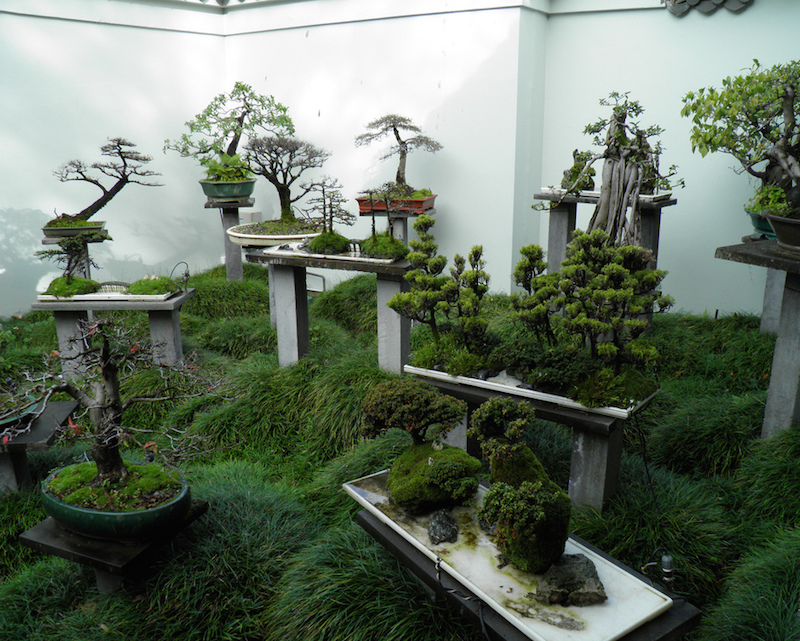
This image is property of www.bonsaiempire.com.
Creating the Planting Pockets
Creating the planting pockets is an essential step in the construction of your vertical bonsai garden. Determine the appropriate size and placement for the pockets based on the size and growth characteristics of your bonsai trees. Consider the space needed for each plant to grow and ensure that the pockets are evenly spaced within the frame.
To create the planting pockets, carefully cut openings in the frame using a saw or a sharp knife. Make sure the openings are large enough to accommodate the root ball of each bonsai tree, but not too large that the plants become unstable. Take your time during this step to ensure precise cuts that will allow the plants to be securely planted within the pockets.
To prevent soil leakage and maintain the integrity of the frame, attach plastic lining to the inside of the frame. This lining will help contain the soil within the pockets, preventing any mess or damage to the surrounding area. Secure the lining tightly against the frame, ensuring that it covers the entire internal surface.
Preparing the Potting Soil
Choosing the right potting soil is essential for the health and growth of your bonsai trees. Bonsai trees require well-draining soil to prevent root rot and ensure proper absorption of nutrients. Look for a potting mix that is specifically designed for bonsai trees or one that contains a good balance of organic matter and soil amendments.
To optimize the nutrient content of your potting soil, mix in organic amendments such as compost or aged manure. These organic materials will provide essential nutrients to your bonsai trees, promoting healthy growth and overall vitality. Make sure to thoroughly mix the amendments into the potting soil to ensure an even distribution of nutrients throughout the soil.
Additionally, it’s important to ensure that the potting soil retains moisture adequately. Bonsai trees require consistent moisture levels to thrive, so choose a potting soil that has good water retention properties. You can also add moisture-retaining additives such as peat moss or vermiculite to help maintain the moisture content of the soil.
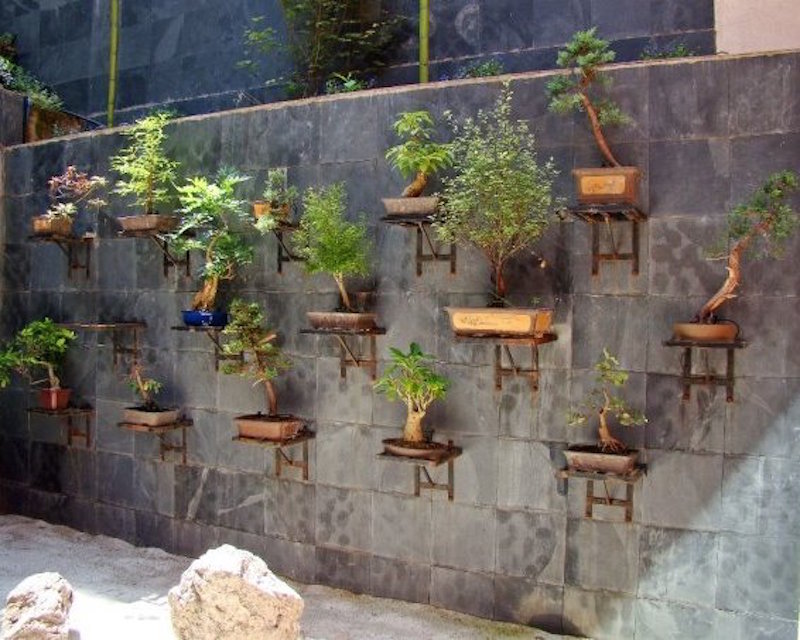
This image is property of www.bonsaiempire.com.
Planting the Bonsai Trees
Once you have prepared the vertical structure and the potting soil, it’s time to plant your bonsai trees. Carefully remove each plant from its container, being mindful not to disturb the root system. Gently loosen any compacted roots and trim away any damaged or excessively long roots before planting.
Arrange the bonsai trees within the planting pockets, placing taller varieties toward the back and shorter ones toward the front for an aesthetically pleasing display. Take your time during this step to ensure that each plant is securely positioned and has ample space to grow without being overcrowded.
After placing the plants within the pockets, fill in any gaps with the prepared potting soil. Use your fingers or a small gardening tool to firmly tamp down the soil, ensuring that the plants are securely anchored in place. Avoid over-packing the soil or pressing too hard, as this can damage the roots or compact the soil too tightly.
Watering and Fertilizing
Establishing a regular watering routine is essential for the health and growth of your bonsai trees. Bonsai trees have specific water requirements, so it’s important to monitor the moisture levels in the soil to prevent under or over-watering. Generally, it’s best to water your bonsai trees when the top inch of the soil feels dry to the touch.
In addition to watering, applying suitable fertilizers is crucial to provide your bonsai trees with the necessary nutrients for optimal growth. Look for a balanced, slow-release fertilizer specifically formulated for bonsai trees. Follow the package instructions for application rates and frequency, taking into account the specific needs of the bonsai varieties you are growing.
Monitoring the moisture levels in the soil is essential for maintaining the health of your bonsai trees. Regularly check the moisture content by gently inserting your finger into the soil up to the second knuckle. If the soil feels dry at that depth, it’s time to water your plants. Conversely, if the soil feels excessively wet, you may need to adjust your watering routine to prevent over-watering.
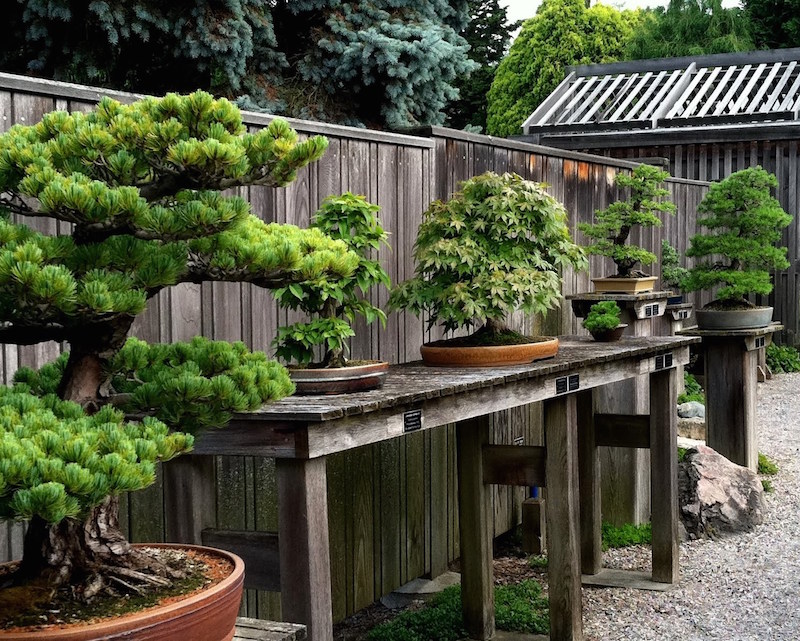
This image is property of www.bonsaiempire.com.
Pruning and Training Techniques
To maintain the desired shape and size of your bonsai trees, regular pruning is necessary. Trim any excess growth, focusing on maintaining the desired silhouette and ensuring that the branches are evenly distributed. Be mindful not to remove too much foliage at once, as this can stress the plants and hinder their growth.
In addition to pruning, using wiring techniques can help shape your bonsai trees and guide their growth. Carefully wrap copper or aluminum wires around the branches to achieve the desired shape. Monitor the tension of the wires regularly and adjust as needed to prevent any damage to the branches. Remember to remove the wires once the branches have set into their desired position to avoid any constrictions.
Monitoring the growth and overall health of your bonsai trees is important to ensure their long-term success. Regularly inspect the plants for any signs of pests or diseases and take appropriate measures to address any issues that may arise. Additionally, continue to monitor the moisture levels in the soil and adjust your watering routine as needed to maintain the optimal moisture content for your bonsai trees.
Maintaining and Monitoring the Garden
To keep your vertical bonsai garden in optimal condition, regular maintenance and monitoring are necessary. Inspect the plants regularly for any signs of pests or diseases, such as yellowing leaves, leaf spots, or unusual growth patterns. Address any issues promptly to prevent further damage or spread of the problem.
Monitoring the moisture levels in the soil is crucial to ensure the health and growth of your bonsai trees. Use your finger or a moisture meter to regularly check the moisture content in the soil. Adjust your watering routine as needed to maintain the optimal moisture levels for your specific bonsai tree varieties.
Regularly trim and adjust the plants within the vertical bonsai garden to maintain an aesthetically pleasing display. Remove any dead or excessively long branches and adjust the wiring as needed to maintain the desired shape and form of your bonsai trees. By regularly maintaining and monitoring your vertical bonsai garden, you can ensure the long-term health and beauty of your plants.

